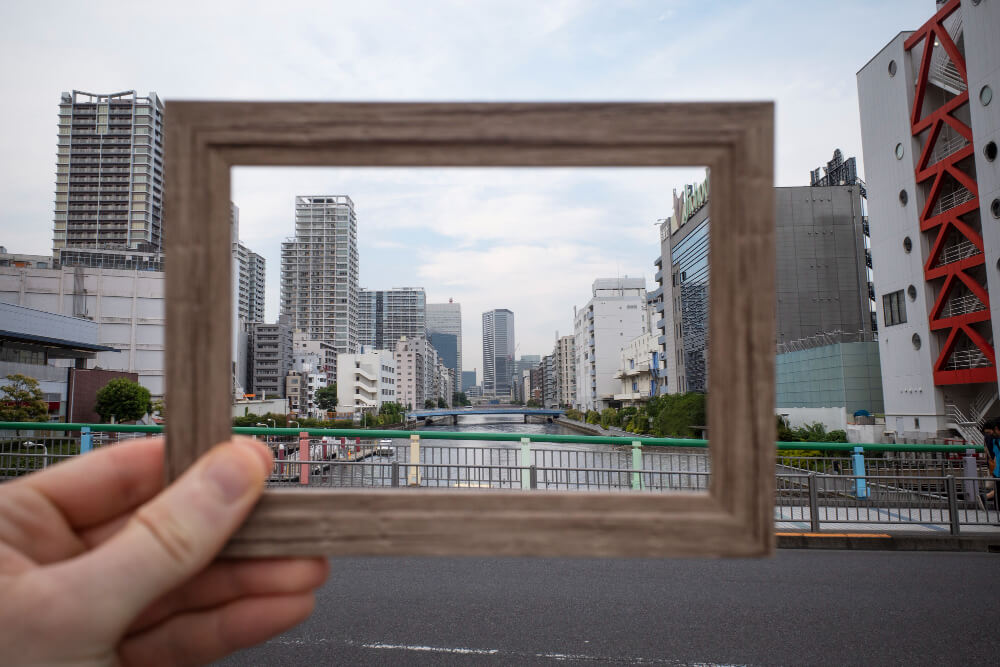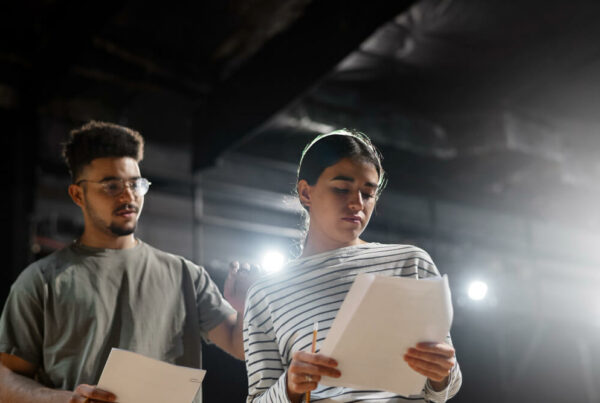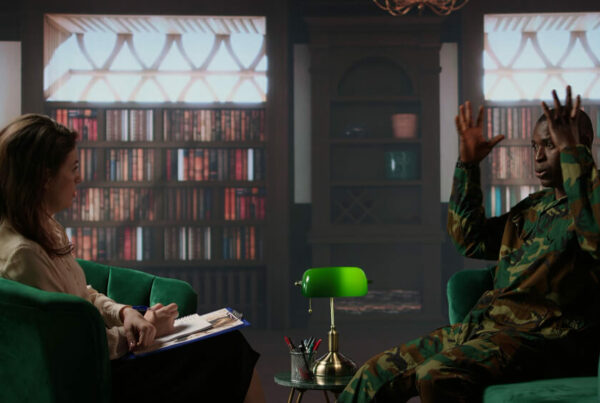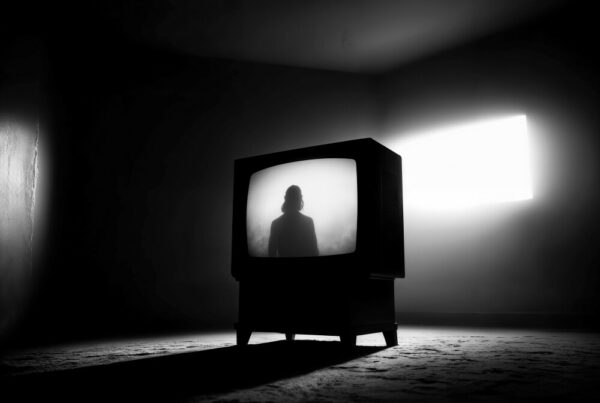Introduction
In today’s world of digital marvels, where computer-generated imagery (CGI) has taken center stage, practical effects still hold a special place in the hearts of filmmakers and audiences alike. While CGI offers limitless possibilities for creating fantastical creatures, worlds, and events, practical effects ground films in a tangible reality, providing authenticity that resonates deeply with viewers. This blog will explore the importance of practical effects in modern filmmaking and how their use enhances storytelling by offering a more authentic experience.
1. Defining Practical Effects
Practical effects, also known as practical SFX or in-camera effects, refer to any special effects produced physically on set. These effects are achieved through the use of mechanical props, pyrotechnics, makeup, animatronics, and more, as opposed to being generated digitally in post-production.
Types of Practical Effects
- Pyrotechnics: Explosions, fire, and smoke effects.
- Mechanical Effects: Rigged stunts, moving parts, or devices used to simulate motion.
- Miniatures: Small-scale models of sets, objects, or landscapes.
- Makeup and Prosthetics: Transformations involving physical makeup or prosthetics applied to actors.
- Weather Effects: Rain, wind, snow, and fog generated using machines or other mechanical means.
By using these methods, filmmakers can create believable physical interactions that actors and audiences can perceive as real. Whether it’s blood spurting from a gunshot wound, a car flipping over in a chase scene, or a creature walking through a scene, practical effects offer authenticity that CGI sometimes lacks.
2. Why Practical Effects Matter: The Human Connection
One of the key reasons practical effects remain relevant in filmmaking is their ability to connect with audiences on a visceral, emotional level. Practical effects introduce a sense of realism that even the most advanced CGI can struggle to replicate. Because they exist in the same physical space as the actors and the sets, these effects feel more believable to viewers.
The Tangibility of Practical Effects
- Realistic Lighting and Shadows: Practical effects interact with natural light, creating realistic shadows, reflections, and physical presence that enhance believability.
- Textural Detail: With practical effects, every texture is real. From the rough surface of a creature’s skin to the rust on a model spaceship, these fine details immerse viewers in the world of the film.
- Natural Actor Reactions: Actors often perform better when they can physically interact with something in the scene. Real explosions, tangible monsters, and physical environments bring out genuine reactions, enhancing the emotional weight of the scene.
Example in Film
In The Dark Knight (2008), director Christopher Nolan chose to use real stunts and practical effects for many of the film’s action sequences. One of the most famous examples is the truck flip scene, where a full-sized semi-truck is physically flipped upside-down in the middle of a city street. The spectacle is heightened by the fact that audiences know it’s real, creating an intense, awe-inspiring moment that would have felt less impactful if done with CGI.
3. Blending Practical and Digital Effects: Best of Both Worlds
While practical effects excel in delivering authenticity, there are certain visual elements that are simply too dangerous, expensive, or logistically difficult to achieve without the use of digital effects. However, many filmmakers have embraced the concept of blending practical effects with CGI to achieve the best of both worlds. This hybrid approach combines the realism of practical effects with the flexibility and scope of digital effects, resulting in more immersive and believable cinematic experiences.
The Complementary Roles of Practical and Digital Effects
- Enhancing Practical Effects with CGI: In many films, CGI is used to enhance or clean up practical effects, adding elements like digital blood, removing safety harnesses, or seamlessly blending practical models with digital environments.
- Extending Practical Sets: Digital effects are often used to extend physical sets beyond what can be constructed on a soundstage, blending real elements with CGI backgrounds.
- Augmenting Practical Creatures: Some films use practical effects to create the basic movements of a creature or character and then use CGI to enhance facial expressions or add digital features.
Example in Film
In Mad Max: Fury Road (2015), director George Miller used practical effects for nearly all of the film’s stunts and action sequences. Real cars were destroyed, and actual explosions were filmed on set. However, CGI was used subtly to enhance the practical effects, adding dust storms, compositing elements, and removing safety rigs. This careful blend of real stunts and digital enhancements resulted in a visceral, high-energy film that felt authentic while still embracing modern technology.
4. Creating Iconic Moments with Practical Effects
Some of the most iconic moments in film history have been achieved using practical effects. These scenes stand out not only for their creativity and technical mastery but also for the lasting emotional impact they have on audiences.
Iconic Practical Effects Moments in Cinema
- The Chestburster Scene in Alien (1979): This unforgettable moment, in which a small alien creature bursts through a character’s chest, was achieved using animatronics, prosthetics, and clever camera work. The surprise and horror on the actors’ faces were genuine, as they were unaware of exactly how the scene would unfold.
- The T-Rex in Jurassic Park (1993): While Jurassic Park is often lauded for its groundbreaking use of CGI, the film also featured a massive animatronic T-Rex that was used for close-up shots. The sheer size and physical presence of the animatronic dinosaur added to the sense of terror and realism in the film’s iconic chase scenes.
- The Lobby Scene in The Matrix (1999): This memorable action sequence relied heavily on practical effects, including wirework, slow-motion photography, and carefully choreographed stunts. The result was a visually stunning, high-energy sequence that has since become a hallmark of action cinema.
5. The Challenges and Rewards of Practical Effects
While practical effects offer unparalleled realism, they come with their own set of challenges. These effects often require extensive planning, intricate designs, and precise execution. However, the rewards of using practical effects can outweigh the difficulties, especially when it comes to creating memorable, immersive scenes.
Challenges of Practical Effects
- Logistics and Safety: Coordinating large-scale practical effects, such as explosions or stunts, can be dangerous and requires meticulous planning to ensure the safety of the cast and crew.
- Cost and Time: Practical effects can be more expensive and time-consuming to execute than digital effects. Building large sets, models, or animatronic creatures requires significant resources, and there’s little room for error during filming.
- Technical Limitations: Certain effects, like large-scale destruction or fantastical creatures, may be difficult or impossible to achieve practically, requiring a mix of techniques.
Rewards of Practical Effects
- Realism: The physical presence of practical effects creates a sense of realism that CGI often struggles to replicate. Audiences can see and feel the weight of real objects, enhancing the believability of the film.
- Memorability: Practical effects often result in more memorable moments, as audiences are more likely to be impressed by real stunts or practical effects than by digital creations.
- Emotional Impact: Because practical effects feel more tangible, they can create a stronger emotional connection with the audience. Scenes involving practical effects often feel more intense, thrilling, or terrifying because they evoke a sense of reality.
6. The Return of Practical Effects in Modern Cinema
Despite the dominance of CGI in the modern film industry, many filmmakers have embraced a return to practical effects, recognizing their value in creating more immersive, authentic films. Directors like Christopher Nolan, Quentin Tarantino, and George Miller have made a conscious effort to use practical effects wherever possible, blending them with CGI only when absolutely necessary.
Why Modern Filmmakers Are Returning to Practical Effects
- Audience Demand for Realism: Audiences are becoming more discerning when it comes to CGI, often recognizing when digital effects feel unrealistic or “plastic.” Practical effects offer a more grounded, believable alternative.
- Craftsmanship and Artistry: Practical effects are often seen as a form of artistry, requiring the skill and creativity of special effects artists, model builders, and makeup teams. Many filmmakers appreciate the craftsmanship involved in creating physical effects.
Example in Film
Quentin Tarantino’s Once Upon a Time in Hollywood (2019) is a recent example of a film that embraced practical effects. Tarantino’s dedication to recreating 1960s Los Angeles involved using practical sets, vintage cars, and real stunts to capture the look and feel of the era without relying on CGI.
Conclusion: The Timeless Appeal of Practical Effects
Practical effects have proven to be a timeless and essential tool in the filmmaker’s arsenal. While CGI has its place in modern cinema, practical effects offer an authenticity and emotional impact that can’t be easily replicated digitally. As technology continues to evolve, the best films will likely continue to blend the old with the new, using practical effects to ground fantastical worlds in reality and give audiences the best of both worlds.Whether it’s a jaw-dropping stunt, a terrifying creature, or an explosive action sequence, practical effects will always have the power to captivate audiences and leave a lasting impression. The magic of practical effects lies in their ability to make the impossible feel real—and in the world of cinema, that’s an irreplaceable gift.





